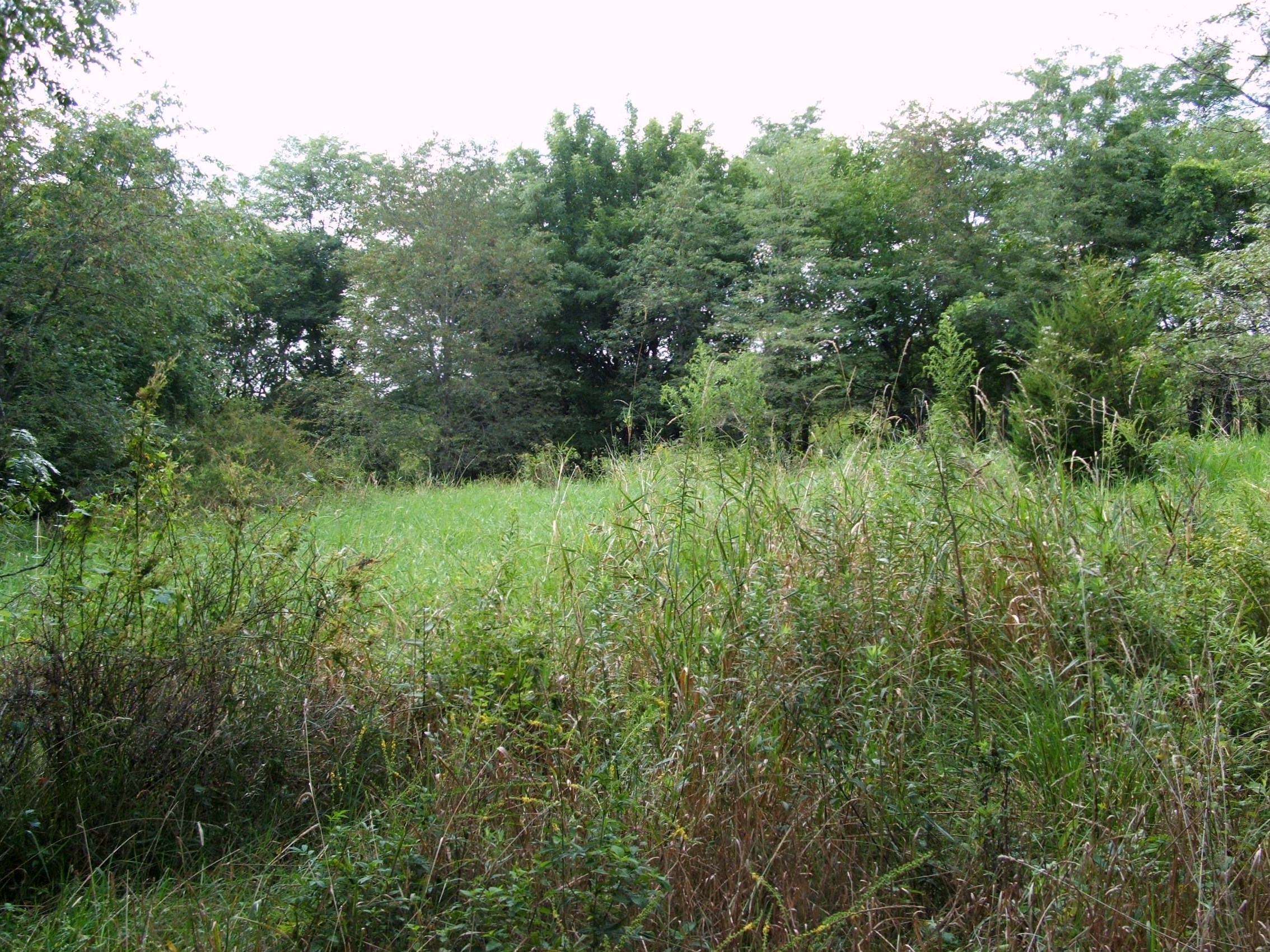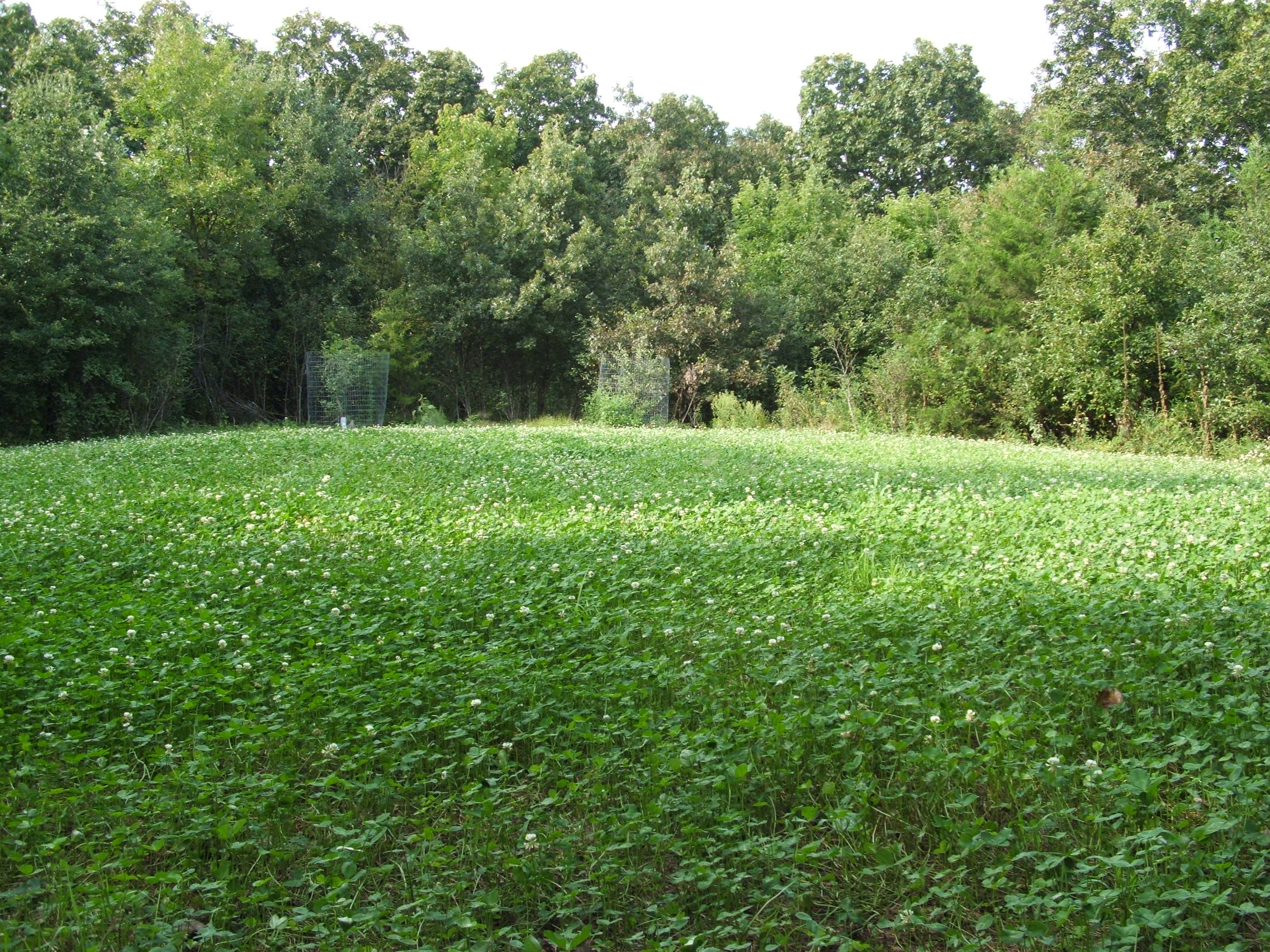Hunt 365, June 2017 Should I go fishing, or work on my farm? (A version of this article is published in the June issue of Iowa Sportsman magazine)
I’ll have to admit, when I was first asked about writing a monthly column for whitetail hunting I was excited about the opportunity and a little overwhelmed at the thought of coming up with monthly ideas to write about. Trying to keep relevant information in front of whitetail hunting fanatics on a monthly basis could prove to be challenging I thought. For the most part, it hasn’t been; but it’s getting there as I try to keep the content fresh. There are so many things going on for today’s hunters that keeping up with them shouldn’t be all that hard right?
Well, here I am sitting down to write a June whitetail hunting article and I’ve got nothing. A complete blank. I started writing an article about my pet peeves in the hunting industry but deleted the whole thing for fear of seriously upsetting some advertisers and TV show producers who I would be talking about. That probably wouldn’t go over all that well! June is a month that if you’ve done your planning and execution thus far, you can probably kick back and work on other things not related to hunting. But if you are a fanatic, that is not acceptable. So, I’ll tell you what I do each June to make sure I am ready for fall and even next season.
A Second Spraying
If you’ve planted any grain crops like soybeans or corn in the spring, they have no doubt been sprayed by now. If I get my grain crops in by late April and early May, they’ve already been sprayed once. However, by late June you can make another assessment as to whether more weeds are coming back. If your crops have not yet canopied over and in turn blocked out light for future weeds, you’ll start to see new weeds coming into your plots. If there is any chance at all that I think these new weeds will make it, I’ll error on the side of spraying one more time. Even if I run over some desired plants, I still want to knock back any weeds to make sure they don’t make it to maturity and seed out for the following year. Do you have any idea how many seeds one palmer amaranth or lambsquarter can spread…too many!
If you have no intention of over-seeding your soybean plots or zero chance you will be tilling them under and planting a green plot in their place come fall, then you can spray with a combination of glyphosate and a residual herbicide like Pursuit. I’m assuming here that your soybeans were roundup ready. If you spray this blend of glyphosate and Pursuit the first time around, the likelihood of needing a follow up spraying is diminished. One advantage of having a jug of Pursuit around is that it is also listed for other legumes like clover and alfalfa. I’ve actually purchased a pre-mixed version of this called Thundermaster and had very good luck with it. Again, only use a residual herbicide (Pursuit) if you have no intention of planting other crops that same year in that same field.
Summer Burn Down
If you are planning any later summer or fall green food plots in areas that are left fallow all year, it would serve you well to start preparing that plot now by applying a summer burn down herbicide. If you get ahead of weeds they are much easier to control and it will also make fall tillage so much easier…especially for the hunters who have limited equipment for tillage. If you wait all year and then go into your spot for the first time in late August, you are going to be spending a whole lot of time getting all that thatch and all those weeds out of there. Arguably the best burn down herbicide is still glyphosate. I normally run glyphosate at a 1 quart/acre rate, but I’ll double the dose if I have tough weeds like palmer or thistle to contend with. Never ever use a residual herbicide on a fall food plot you are spraying in the summer because the residual will most likely keep your food plot seeds from germinating as well. Early June is a good time to hit all your fall plots with a good burn down. Most if not all the weeds are up, and they are not yet old enough to reduce control. Take the time to burn your fall plots down with glyphosate, you won’t regret it.

If you are planning fall food plots, you need to spray them at least once before fall arrives. This small interior plot is full of canary grass and other weeds…a strong spraying of glyphosate will take car of the weeds and set me up for some easy work come fall.
Maintain Your Legumes
If you have a great stand of clover or alfalfa, now is not the time to forget about them. Alfalfa needs to be mowed or clipped to perform well at all. I’ve had some success planting smaller alfalfa plots so that the deer keep the plants clipped, but inevitably you will still need to mow them. Wait too long in the year and mowing alfalfa will leave way too much mulch on top the plants which they hate. The best, albeit the most difficult way to clip your alfalfa, is to either chop it off or bale it—not possible for most food plotters. Therefore you have only one option of mowing it off several times throughout the season.
June is also a great time to spray your clover or alfalfa plots with a herbicide listed for them. Pursuit works well for this and I’ve also recently used a herbicide called Raptor. Pursuit has been around forever and works very well on many common weeds found in legume plots. More recently I’ve used Raptor because it works very well when used post-emergent on both broadleaf weeds and grasses. You can mow your plots to help control broadleaf weeds as well, but when they start getting over run by grasses mowing will do little to set grass back. There are other herbicides listed for grasses only in legumes but more recently I’ve been using Raptor to control all weeds.
Clover and alfalfa also like to be fed. A fertilizer high in potash will serve you very well in feeding clover and alfalfa. My favorite fertilizer for these plots is a 5-14-42 for two reasons. First, I can buy this stuff pre-mixed at a local coop for cheap and second; it fits my requirement for a high potash-low nitrogen fertilizer. Throw in some phosphorus (14) and the clover and alfalfa will be green and healthy come fall. I like to try and time my fertilizing before a good soaker of a rain although I’m not sure it matters all that much. These legumes also like a pH of close to 7 as well. If you need to apply lime for pH correction that can be done at any time as well. Why not do it now while you are maintaining these plots.

Don’t neglect your perennial legume plots like clover. This interior clover plot will do great if it gets a yearly dose of a high potash fertilizer and June is a great time for this.
Start Planning for Corrections
If you read last month’s article, I showed you how a lack of planning or recognizing what’s going on in the neighborhood can hurt you come fall. I made this mistake in 2016 because I got complacent on one of my farms. I bought the farm in 2012 and by the time 2016 came around I thought I had figured most things out. An alfalfa field to the east that bordered my property was the main draw for the local deer herd. I could successfully plan out where the lion share of the deer herd were headed to each evening during the archery season. Only, in 2016 after first crop hay was taken off, the farmer rotated that field into soybeans. Had I made note of this and prepared for the changing pattern, I could have corrected for what turned out to be a lack of green food sources on my property. Complacency played the biggest part in this mistake I’ll admit. I was caught off guard because the alfalfa field was still producing a great crop and to me looked outstanding. I had no suspicion that it was going away. What made matters worse; the alfalfa field itself wasn’t visible from the road…which meant I first noticed it well into late summer and then was caught off guard. I still had some green plots so I wrote it off. Big mistake!
Had I done my yearly neighborhood surveillance I would have noticed earlier the missing alfalfa field and corrected for it. It’s not that I didn’t do my scouting; I just got comfortable with the neighborhood and my farm. I failed to actually analyze my findings. June is a great time to take inventory of your surrounding neighbors. What is planted around you? What will the area look like after the fall harvest? Can you predict the preferred food sources in the area come fall? You can start this process by the end of June and stay on it until season opener. Sure, there is no way to see all the hidden food plots on nearby properties, but you can see the larger Ag fields surrounding you. I never planted my farm with a primary green food source because I relied on the neighboring alfalfa field. Once that field was gone the pattern changed and I was left waiting for them to turn onto my beans and corn as a primary food source. With summer like conditions going into late fall last year, it meant my corn and bean exterior plots were not preferred until later. I should have planted a larger exterior plot into something green to adapt to what had happened. Diversity was vital last year and I didn’t have it!
You can see there are all sorts of things to do in June for any fanatical whitetail hunter. The ideas I’ve listed here are yearly events for me and I try to get better at them each year…learn new strategies and ways of doing the same old things. If you skip these ideas in June they come back to haunt you later in the year; been there and done that! This year in June I will be practicing what I’m preaching here on my farm and once again learning from last year’s mistakes.
